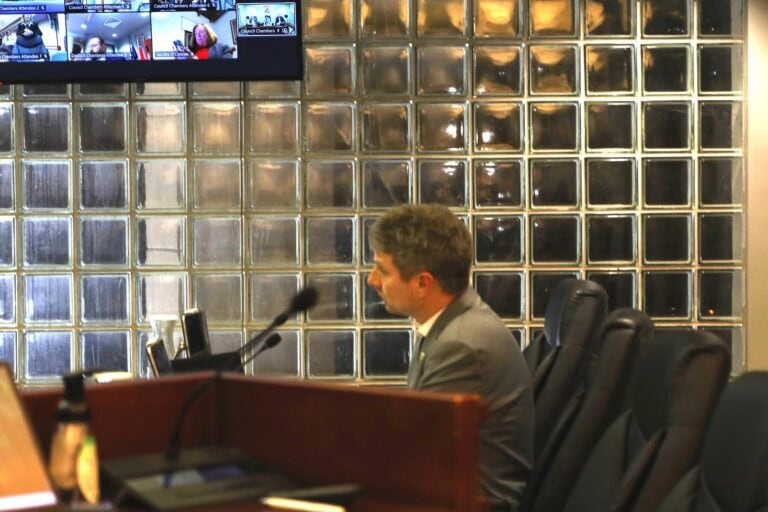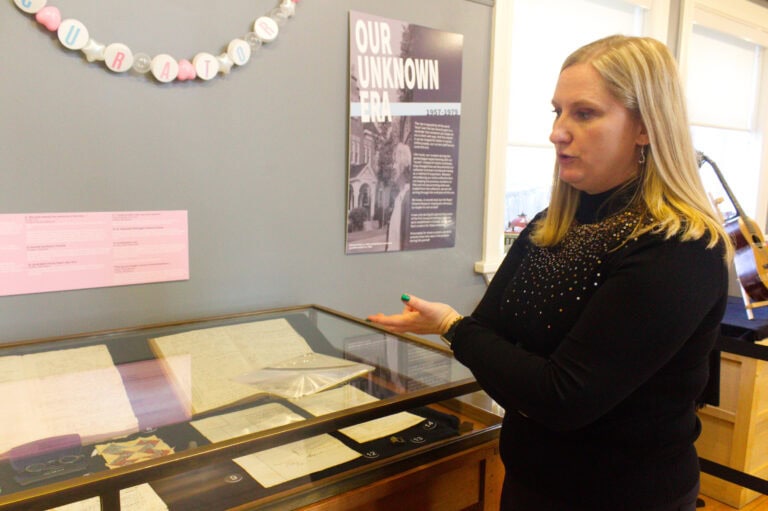Over the last 50 years Niagara-on-the-Lake has charted a path to make the health of our town’s economy dependent on tourism.
This is not anything new as tourism has played a vital role in our history for at least the last 150 years.
However, historically, a sizable proportion of the tourists would visit for a week or two, or spend the summer as residents. In fact, many of the older houses in town were built as cottages or vacation homes and the owners contributed to the town’s social fabric.
Unlike our modern milieu, day-trippers were the exception rather than the rule. The “flying” visitor, who comes and spends an hour or two, was virtually unknown.
Arguably, tourism has changed over the past five decades and it is that change which has begun to alter the face of Niagara-on-the-Lake’s Old Town.
Quite simply, the flying tourists are not going to take the time to explore local cuisine in one of our fine restaurants or cafes. On their short timeline they are much more likely to pop-in to a retailer whose name (and logo) they recognize and purchase something that is predictable. It is, after all, what has made franchise chains so successful.
Which brings us to Evan Saunders' article in the April 20 edition of The Lake Report concerning Taylor’s Bakery reopening as a Dairy Queen.
Given the change in clientele, I completely understand owner Tom Stavropoulos’ decision to shift his business model. And, despite lamenting the loss of Taylor Bakery’s unique offerings, I must accept the inevitability of small business owners needing to leverage the power of franchise branding to compete for the tourist dollars.
That said, unless we are prepared to “throw the baby out with the bathwater” and allow Queen Street to become a smaller version of Clifton Hill in Niagara Falls, it is absolutely vital that the town’s sign bylaw be revised to include a specific section for heritage buildings and the Queen-Picton district.
These revisions must be both descriptive and proscriptive. In addition to the existing size and placement criteria of signage (which should be reviewed for context and present-day acceptability), this section of the bylaw should include, at a minimum, acceptable materials of construction and permitted colours.
Moreover, where wall sign backerboards are currently existing, they should be preserved and should a new wall sign be contemplated, it should be set or incorporated therein.
In my opinion, the descriptors in the current bylaw related to scale, proportion and dimensions are inadequate and need to be tightened. Nor does the existing bylaw appear to prohibit placement of signage that masks or obscures architectural features.
Further, the bylaw needs a specific address to illumination. By this I mean the types, styles and placement of lighting fixtures meant to illuminate the signs and, by inference, the front of the building.
Needless to say, this is not a complete list of considerations but rather just a few examples.
And, a sign bylaw without a set of illustrative guidelines is a lame duck subject to interpretation, negotiation and bastardization. Writing guidelines of this type is not rocket science, nor should it require a significant investment.
As I have stated numerous times in this column, guidelines make everybody’s job easier – architects, graphic and lighting designers, business/property owners, town staff and advisory committee members, etc.
On yet another front, we have the choice to be proactive and create success rather than be run over by an out-of-control freight train. And make no mistake, Clifton Hall is barrelling toward Niagara-on-the-Lake.











